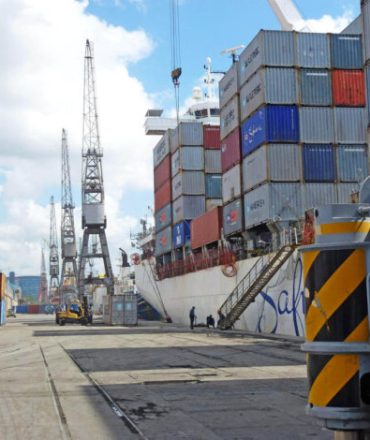The underwater and marine services industry has evolved significantly over the past few decades, thanks to advancements in technology and innovations. In this blog post, we’ll explore some of the latest technologies and innovations that are transforming the underwater and marine services industry.
Autonomous Underwater Vehicles (AUVs): AUVs are robotic vehicles that can operate independently underwater. They can perform a variety of tasks, such as mapping the ocean floor, surveying underwater pipelines, and inspecting marine structures. AUVs are equipped with cameras, sensors, and other advanced technologies that allow them to collect and transmit data in real-time.
Remotely Operated Vehicles (ROVs): ROVs are robotic vehicles that are controlled by an operator on the surface. They are typically used in offshore oil and gas exploration, underwater inspections, and marine salvage operations. ROVs are equipped with cameras, lights, manipulator arms, and other advanced tools that allow them to perform various tasks.
3D printing: 3D printing is a technology that is revolutionizing many industries, including the underwater and marine services industry. It allows companies to create custom-designed parts and tools on-demand, reducing lead times and costs associated with traditional manufacturing methods.
Virtual and Augmented Reality: Virtual and augmented reality technologies are being used to simulate underwater environments and enable remote inspections and repairs. These technologies can help reduce the need for personnel to be physically present underwater, making operations safer and more efficient.
Hydrogen fuel cell technology: Hydrogen fuel cell technology is a clean energy alternative to traditional fossil fuel-based power systems. It is being used in marine vessels to power propulsion and onboard systems, reducing emissions and improving energy efficiency.
Sonar technology: Sonar technology has been used in the marine services industry for many years, but recent advancements have made it more accurate and efficient. It is used for underwater mapping, detecting underwater objects, and identifying underwater hazards.
In conclusion, the underwater and marine services industry is continuously evolving, thanks to technological advancements and innovations. The latest technologies, such as AUVs, ROVs, 3D printing, virtual and augmented reality, hydrogen fuel cells, and sonar technology, are transforming the industry, making operations safer, more efficient, and more sustainable. At Subtech Diving and Marine Services Limited, we pride ourselves on staying up-to-date with the latest technologies and innovations to provide our clients with the best possible services. Contact us today for more information on how we can help you with your underwater and marine services needs.









